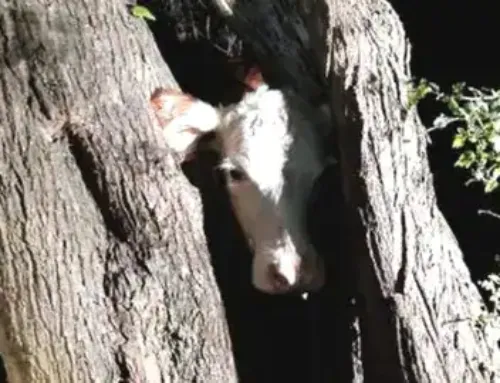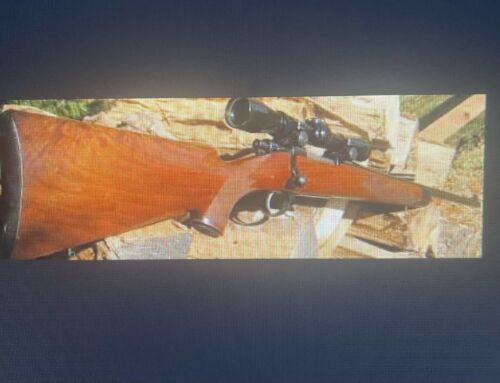This is part 1 of a 3 part series from our friend and Illinois land-management expert Matt “Flatlander” Cheever:
Notice in the title of this post, I said manage the land, not “manage your land.” If you own hunting property, great. But you don’t have to be a landowner to participate in habitat and deer herd improvement.
In fact, you bring added value to a landowner if you are capable of improving his property with your knowledge and elbow grease. This can give you a leg up on the hunter who simply wants to show up on opening day in the fall and hunt. Impress your landowner by showing up in the spring with a chainsaw and asking if there are any problem trees he would like taken down.
While you are at it, ask him if it is all right to prune a bit around your tree stands. Many landowners are reluctant to let you start hacking on the lovely trees in early autumn when they are in all their glory. But now before leaf out, it doesn’t seem as obtrusive, and pruning is truly good for every tree.
In addition to basic pruning, now is the time to do any large cuttings that you might want to do (again, get the landowner’s permission). For example, is there a problem tree that shades out a corner of your food plot? Cut it down now so more desirable trees can thrive around it and give more light to secondary browse around your plot or stand. Don’t worry that it may look like you are missing your front tooth when you cut down a large tree or two. Come early fall you’ll hardly notice they’re gone, and the deer will have long forgotten the disturbance.
Invest in the best chainsaw you can afford; it’s one of your most important land-management tools. I prefer Echo, Stihl and Husqvarna in that order. Echo has the longest warranty and best power to weight ratio (it’s all I currently own). Stihl has always made a good saw, and a “Husky” is built like a tank, but seems to have a longer power stroke so you have to run them wide open all the time for best performance. All three are solid choices. Buy a saw in the 40-45 cc range with an 18” bar and it will meet 95% of your land-management needs. A quality saw will last about 25 years of hard use.
Also, planting time is just around the corner for farmers and food plotters alike. The number one question I get is “when to plant?”
If you are planting clover, you better get it in now; even a month ago down south would have been fine. Annual crops like soybeans and other conventional seeds should be planted about 2 weeks after the slowest farmer in your area gets in his crop. If you jump the gun and have the first beans in the area sprouting up, the deer will mow them off. But if you wait a bit until the other farmers and plotters around you have planted their fields, later on the deer will be occupied with their new, young tender bean sprouts while your crop has time to develop. Remember, you want to draw deer later on in the season anyway. You aren’t growing for a crop yield, you are growing for a deer yield.
Every minute spent working on the land now pays huge dividends during the hunting season and for seasons to come. Over the next few weeks, check the BIG DEER BLOG for parts 2 and 3 of my land-improvement series.—God bless and good luck, Flatlander






